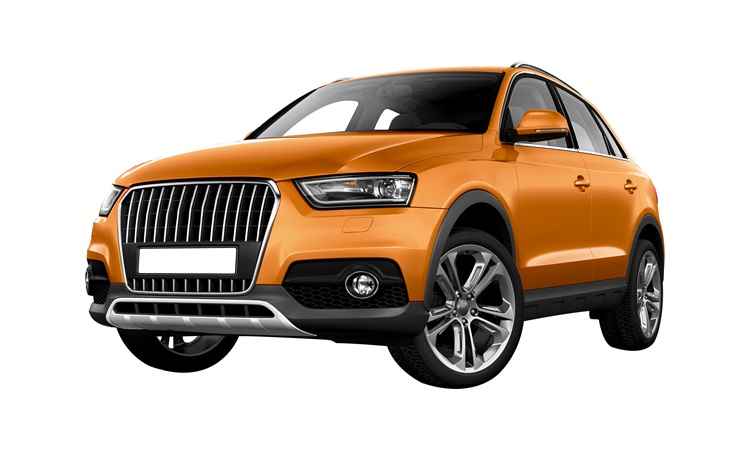Difference Between Internal and External Combustion Engines
Difference Between Internal and External Combustion Engines

Engines play a crucial role in powering vehicles. When buying a vehicle, understanding engine types is essential. Choosing the right Car Insurance online is just as important for financial protection. It not only covers accidents but also helps safeguard your engine from unexpected repairs and damages.
Let’s explore the key differences between internal and external combustion engines.
Internal Combustion Engine Vs External Combustion Engine: The Differences
Engines convert fuel into mechanical energy, but how they achieve this varies between internal and external combustion engines. The fundamental difference lies in where fuel combustion occurs.
Internal Combustion Engine (ICE)
An internal combustion engine burns fuel inside its cylinders. This creates high-pressure gases that push pistons, generating power. These engines are widely used in cars, motorcycles, and small generators.
• How it Works:
The engine takes in air and fuel, compresses it, ignites the mixture, and uses the explosion to move pistons. This motion turns the crankshaft, producing mechanical energy.
• Examples:
Petrol and diesel engines, gas turbine engines in aircraft.
• Advantages:
◦ Higher efficiency due to direct energy conversion.
◦ More compact and lightweight, making them ideal for vehicles.
◦ Produces immediate power and is cost-effective.
• Disadvantages:
◦ Emits pollutants due to fossil fuel combustion.
◦ It can be noisy and generate significant heat.
External Combustion Engine (ECE)
An external combustion engine burns fuel outside the main engine component. The heat produced is then transferred to a working fluid, such as water, turning it into steam to drive mechanical parts.
• How it Works:
Fuel heats water in a boiler, creating steam that expands and moves pistons or turbines. The process is slower but allows the use of various fuel sources.
• Examples:
Steam engines, Stirling engines, some power plants.
• Advantages:
◦ It can run on multiple fuel types, including renewable energy.
◦ Produces lower emissions compared to internal combustion engines.
◦ Operates more quietly than ICEs.
• Disadvantages:
◦ Less efficient due to heat loss during energy transfer.
◦ Larger and heavier, making them less suitable for vehicles.
◦ Requires more maintenance due to additional components.
Conclusion
The key difference between an internal and external combustion engine is where combustion occurs. The former are efficient and compact, making them ideal for vehicles, while the latter are quieter and can use diverse fuels but are bulkier and less efficient.
RELATED ARTICLES
Four-Stroke Engine in Cars: Power and Efficiency
3-Cylinder Engine vs 4-Cylinder: Exploring Performance, Efficiency, and More
What is Inline Engine? Different Types & Useful Benefits
Electric Vehicle vs Plug-in Hybrid: Which is Right for You?
Types of Electric Vehicles: BEVS, HEVS, FCEVS and PHEVS










 Health Insurance
Health Insurance  Travel Insurance
Travel Insurance  Car Insurance
Car Insurance  Cyber Insurance
Cyber Insurance  Critical Illness Insurance
Critical Illness Insurance
 Pet Insurance
Pet Insurance
 Bike/Two Wheeler Insurance
Bike/Two Wheeler Insurance  Home Insurance
Home Insurance  Third Party Vehicle Ins.
Third Party Vehicle Ins.  Tractor Insurance
Tractor Insurance  Goods Carrying Vehicle Ins.
Goods Carrying Vehicle Ins.  Passenger Carrying Vehicle Ins.
Passenger Carrying Vehicle Ins.  Compulsory Personal Accident Insurance
Compulsory Personal Accident Insurance  Travel Insurance
Travel Insurance  Rural
Rural 











